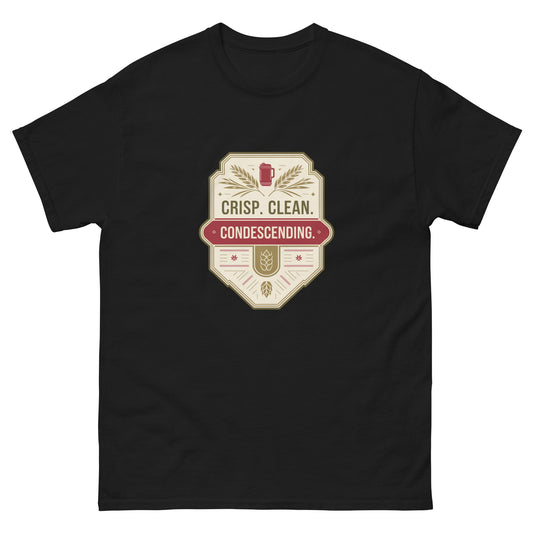Coopers nailed it—my winter stout went from okay to unforgettable, and here's why
Share
Thick, Bold, and Smooth – The Secret Behind My Best-Ever Cold-Weather Brew
You can fiddle with temps, soak grains, and whisper sweet nothings to your fermentation bucket—but sometimes, the magic comes down to one standout ingredient.
Last winter, I had one goal: brew a thick, toasty stout that’d warm the belly and hush the critics (read: my mates around the fire). I’d been chasing that elusive combo of full-bodied richness with just a hint of sweetness, without the cloying molasses hit that ruins the finish.
Here’s where Coopers Dark Malt Extract slipped in like a secret weapon. This 1.5kg tin of rich goodness is made from a blend of pale and roasted malts, giving your beer that deep brown colour and the kind of roasted depth you usually only get from pubs with long tap line-ups.
“That’s the best drop you’ve pulled this year, mate.” – Pete, my harshest brew critic with the softest centre
What Changed?
Before trying this extract, my stouts were fine. Not great. Just... fine. Decent body, passable flavour, but missing that 'weight'—like it was all hat and no cattle. I’d always used standard malt extract topped up with a bit of dextrose for fermentation.
When I swapped the sugar for Coopers Dark Malt, it wasn’t just darker—it was better. Richer mouthfeel. Creamier head. That classic roasty-toastiness that lingers just long enough on the tongue and then disappears like a gentleman.
What Makes It So Good?
- Real malt depth: You’re getting the complexity of roasted malt without needing a mash tun and a chemistry degree.
- Better head retention: The body from this extract holds froth like a barista-crafted cappuccino.
- Improved mouthfeel: It thickens your brew without turning it into syrup.
- No fuss brewing: Open, pour, stir—it’s ready to back you up without extra mess or gear.
How I Pulled It Off
I used it in a 20-litre batch with a base of dark ale kit, swapped the usual sugar for the full tin of Coopers Dark Malt Extract, and pitched a quality ale yeast at around 20°C. Fermented cool for two weeks, bottled for four more.
No other sugars, no steeped grains. Simple, clean, proper stout. The kind you want to sip slowly next to a roaring fire, maybe nibble a bit of cheddar on the side.
There’s something satisfying about working smarter, not harder. Especially when your mates are lifting your bottles in a toast and asking when the next batch is coming.
Why This Matters
Most homebrewers hit a wall. They’ve nailed the basic kit brews and want something bolder. But going full-grain? That’s a big leap—investment, skill, time. Here’s where a dark malt extract like this bridges the gap beautifully. It feels like levelling up without needing to relocate brewing operations to a science lab.
And in South Aussie winters, you want something that holds its own against the chill—without being heavy in the wrong ways. This stout did just that. Drinkable without being meek. Bold without trying too hard.
Would I Use It Again?
In a heartbeat. In fact, I’ve stocked up with an extra tin for the next long weekend. This one’s staying in my brew shed toolkit alongside the usual suspects—fermenters, heating belts, hydrometers. You know the crew.
Using Coopers Dark Malt Extract didn’t just improve one brew—it shifted how I think about layering flavour, the easy way. It’s a small tweak with a big payoff. Like swapping from a screwdriver to a drill—you don’t realise how much easier life gets until after you’ve made the change.
The best stout I ever brewed didn’t come from more gear. It came from better choices.
Until next brew,
Candeece

Stay Connected
Join our homebrewing community: Beer and Barrel Society on Facebook
Follow our Facebook Page: Strathalbyn H Hardware on Facebook









